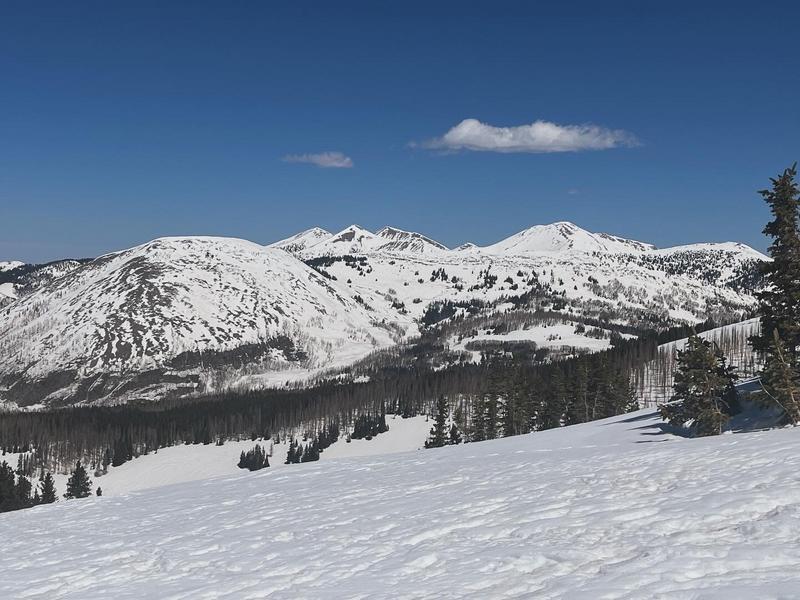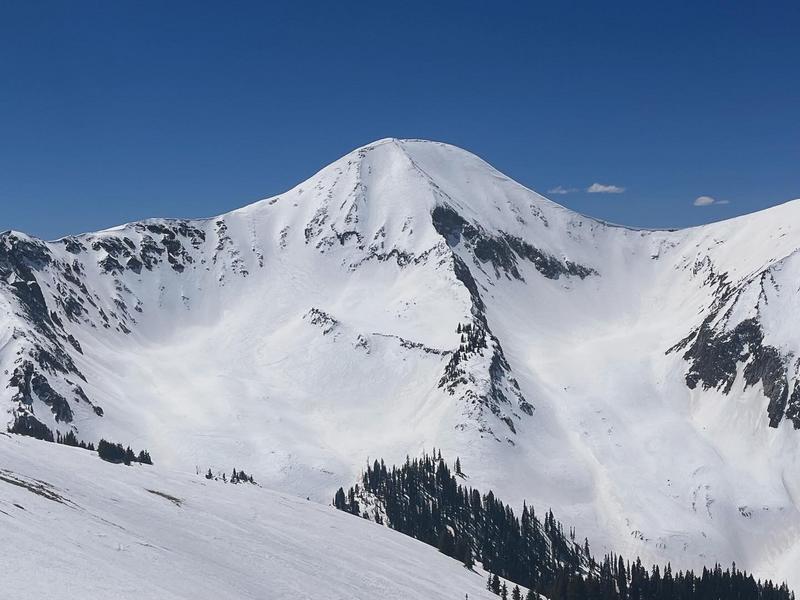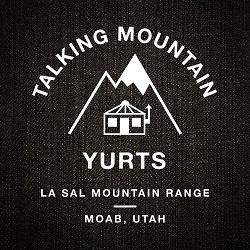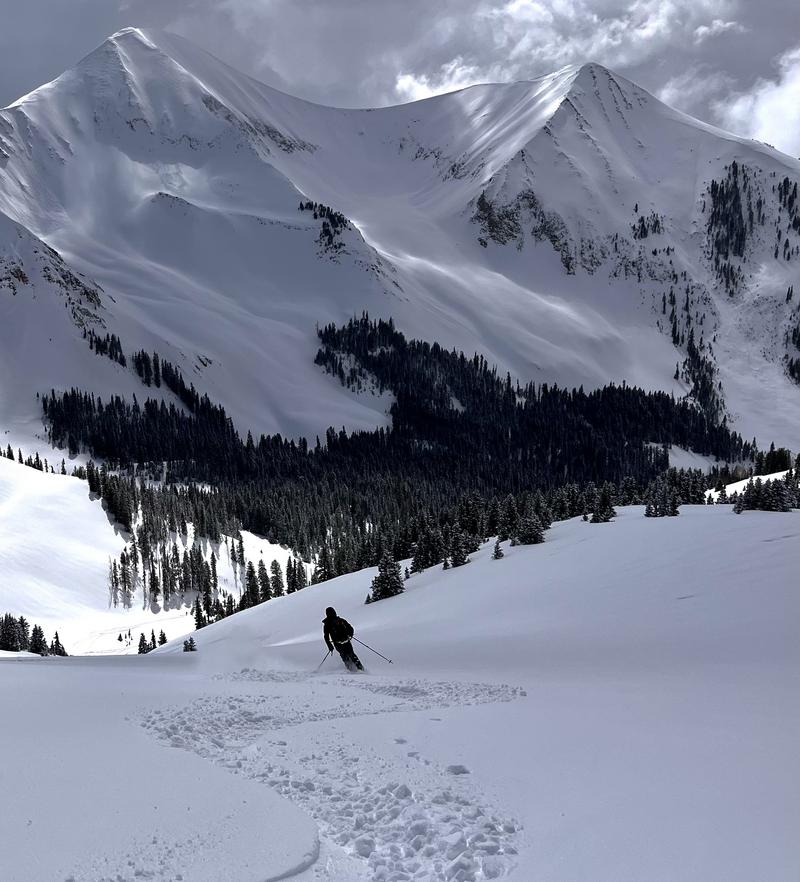Forecast for the Moab Area Mountains

Issued by Eric Trenbeath for
Monday, April 15, 2024
Monday, April 15, 2024
We're through issuing regular avalanche forecasts for the season but we'll post condition updates as warranted through the month. We will also continue to post recent observations.
Your primary concerns in the spring are loose wet avalanches from daytime heating, and wet slab avalanches. Plan to get in and out early before slopes become wet and sloppy. Consecutive nights without a freeze can increase the likelihood for wet slab avalanches.
Your primary concerns in the spring are loose wet avalanches from daytime heating, and wet slab avalanches. Plan to get in and out early before slopes become wet and sloppy. Consecutive nights without a freeze can increase the likelihood for wet slab avalanches.
New and wind drifted snow can also cause the danger to rise. Use the weather links below to aid in your trip planning.

Low
Moderate
Considerable
High
Extreme
Learn how to read the forecast here







